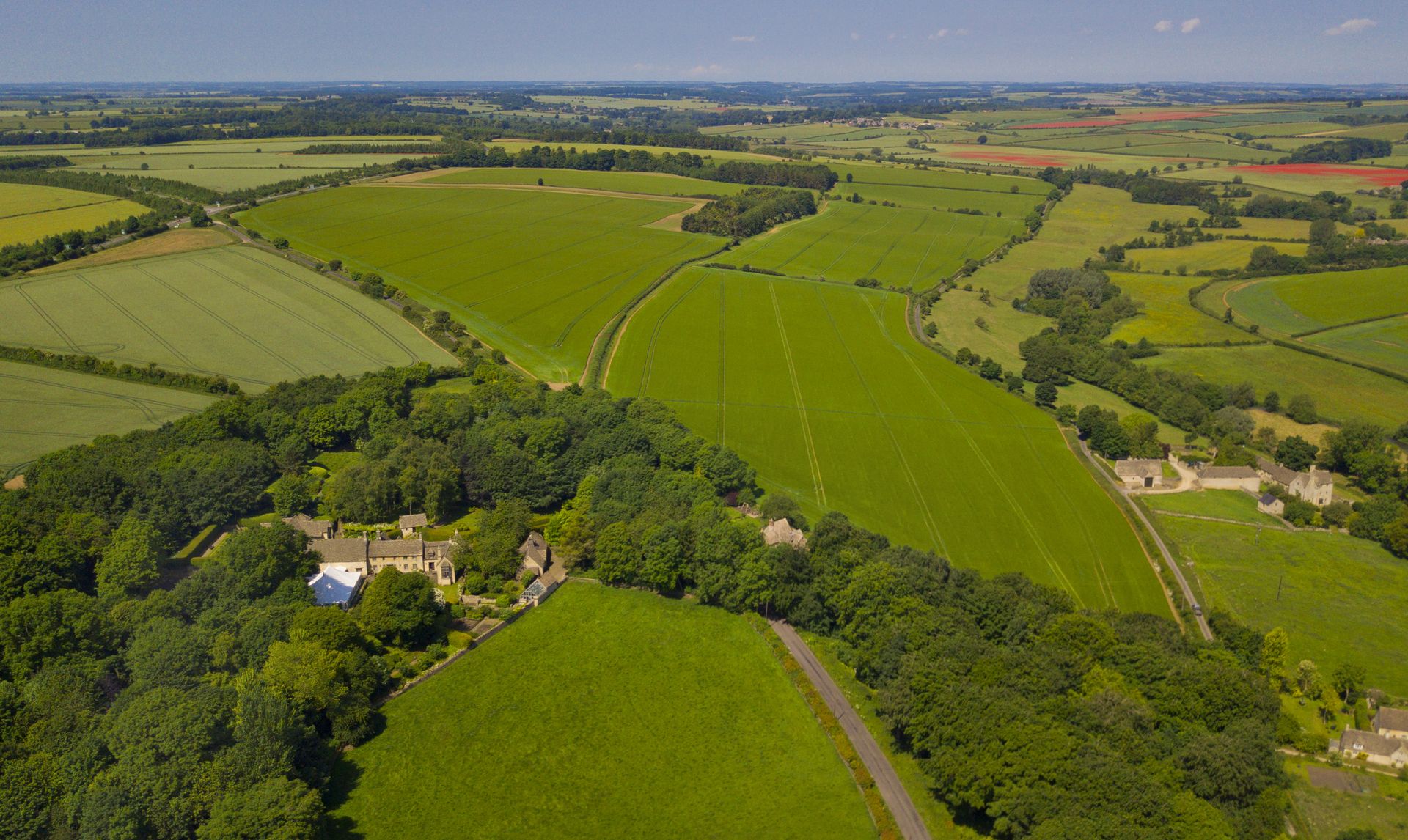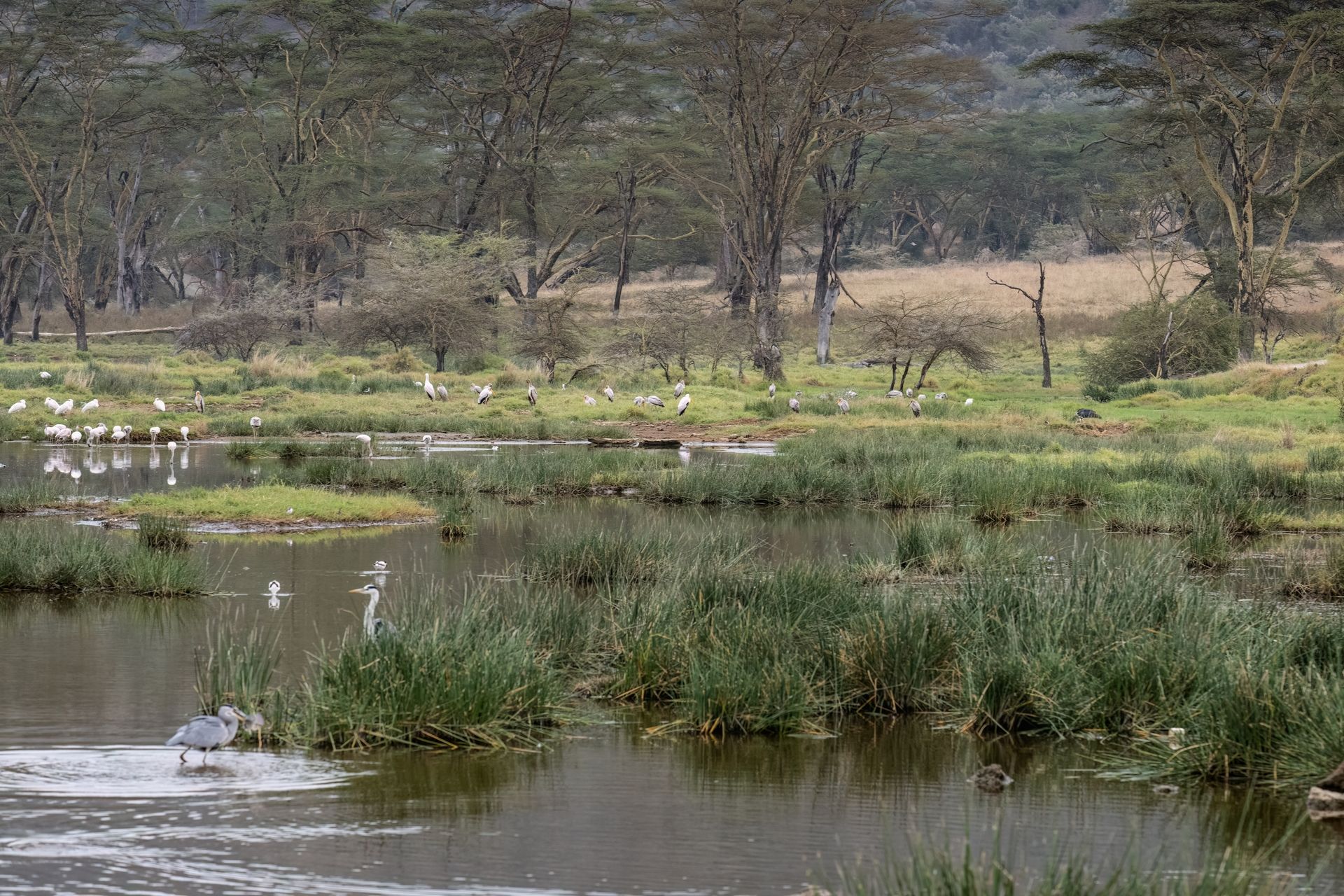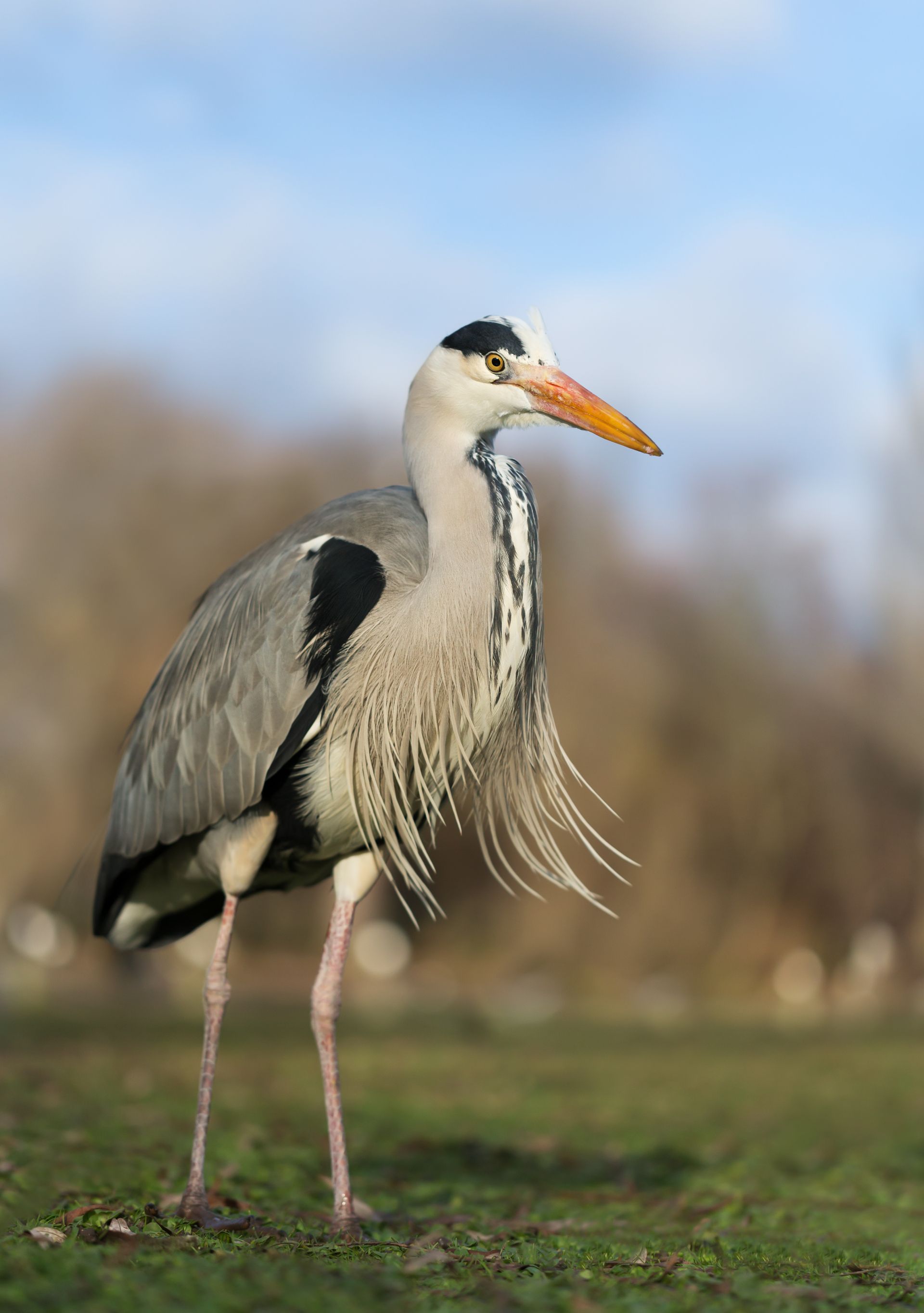Rain falling on a fertilised field may seem harmless, but when it carries nitrates, phosphates and other agricultural residues into nearby rivers and streams, it fuels one of the UK’s most persistent environmental problems. Runoff from farmland is a major contributor to water pollution across Britain, degrading aquatic ecosystems and harming biodiversity.

Yet a quiet transformation is taking place across the countryside. More and more farmers are setting aside parts of their land not for crops or cattle, but for nature. Wetlands, once considered unproductive or even problematic, are being restored as buffers that protect waterways from pollution. This growing movement is reshaping the way we think about land management. It is offering real results for farmers, rivers and wildlife.
A New Role for Wetlands
For decades, many low-lying or damp areas of farmland were drained to maximise productivity. Today, some of those same areas are being allowed to return to their natural state. The idea is simple. Rather than allow nutrient-rich water to flow unimpeded into watercourses, it is redirected through vegetated wetland zones where it can be filtered and slowed.
These wetlands function as natural treatment systems. Vegetation like reeds and sedges slows the flow, allowing sediments and nutrients to settle out. Microbial activity in saturated soils converts nitrates into harmless nitrogen gas through a process known as denitrification. Phosphates bind to soil particles and are trapped in plant roots. What leaves the wetland is cleaner, cooler and far less damaging to downstream ecosystems.
The benefits extend beyond chemistry. Wetlands provide critical habitat for amphibians, dragonflies, water birds and aquatic invertebrates. They also act as sponges during heavy rainfall, reducing flood peaks and helping mitigate the impacts of extreme weather.

Why Farmers Are Getting Onboard
Part of the momentum behind this change comes from evolving farm support schemes. Under the Environmental Land Management Schemes (ELMS) in England, landowners can receive payments not just for how much land they farm, but for the environmental benefits they deliver. Wetland restoration and creation now qualify under several tiers of the programme.
Non-governmental organisations, catchment partnerships and private-sector initiatives are also getting involved. Water companies, for instance, have started to invest in on-farm wetlands as a cost-effective way to meet water quality targets. Some even offer payments to farmers who can demonstrate reductions in nutrient runoff from their land.
Importantly, the land being rewilded is often marginal. Too wet, too compacted, or too costly to farm intensively. Setting it aside for wetland creation can improve the viability of the rest of the farm, especially when paired with financial support and reduced reliance on fertilisers.
From Concept to Reality
At a farm in East Yorkshire, fields that once grew cereals on drained floodplain soils have been reshaped to include shallow ponds, scrapes and natural watercourses. Drainage systems were altered to let water linger longer. The result is a mosaic of wet habitats that now host herons, snipe and breeding frogs. Adjacent fields have benefitted too. With nutrient runoff curbed, less fertiliser is required and yields are more stable during dry spells.
Research supports this practical experience. Studies suggest that restoring just a small proportion of agricultural land, typically 2 to 5 percent, as wetland can lead to disproportionately large reductions in nitrogen and phosphorus loads. One recent modelling study showed that converting 3 percent of high-nutrient farmland to wetland could cut nitrogen pollution by over a third in some river catchments.
The process is not without its challenges. Setting up a wetland involves upfront costs, planning permissions, and sometimes negotiation with landlords or neighbours. Farmers also need support to understand where best to place wetlands, how to manage them, and how to monitor success. But with the right advice and incentives, these obstacles are increasingly surmountable.

A Mindset Shift on the Land
The farmers embracing this change are not abandoning production. They are integrating nature into their business models, making space for wildlife and water management without undermining profitability. In many ways, this is a return to a more balanced approach to land stewardship. One that recognises the multiple roles farmland can play.
Rewilding, in this context, is not about giving up. It is about working with the land’s natural strengths. It is about seeing that a wet corner of a field might be more valuable as a wetland than as a marginal crop. And it is about acknowledging that protecting rivers starts not with regulations or infrastructure, but with smart decisions at the farm gate.
Across the UK, more fields are finding a new purpose. As one farmer put it, “the pond is working harder than the paddock ever did.” While the transformation is often quiet, its impact is loud and clear. In cleaner rivers, richer wildlife and a countryside that works better for everyone.




